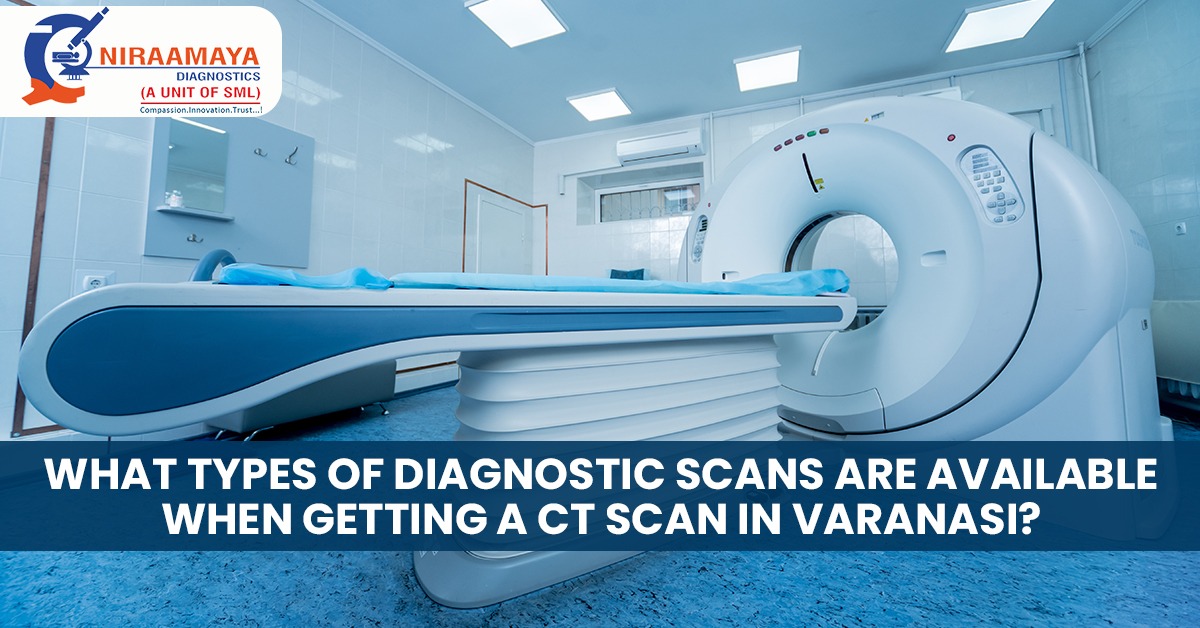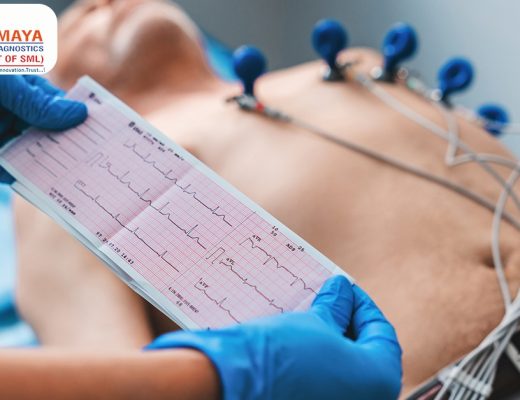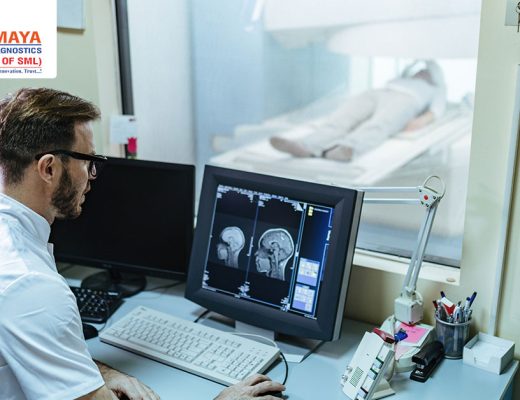If your doctor suspects you have a broken bone or is looking for tumors or other symptoms of illness in your body, they may recommend a CT scan in Varanasi. Depending on the type of imaging and the area of the body, magnetic waves, ionizing radiation, sound waves, or radiotracers may be used to take an image of the inside of the body. CT scans employ ionizing radiation, often known as x-rays, to create an image of the inside of the body.
What Are The Different Kinds Of CT Scans?
Your doctor’s choice of CT scan in Varanasi will be influenced by the location of the body they want to examine. The following are examples of CT scan processes.
- CT angiography: A doctor may prescribe a CT angiography, often known as an angiogram, to determine a person’s risk of heart disease. The scan can also be used to detect blood vessel damage, such as aneurysms or blockages. A health practitioner injects dye into the blood arteries prior to the scan to aid visualise the flow of blood throughout the body. The blood arteries are then imaged by a CT technician.
- CT abdomen scan: During an abdominal CT scan, a technician will take images of the intestines, colon, liver, spleen, and appendix, among other organs of the digestive tract. An abdominal scan may be ordered by a doctor to detect abscesses in the area, detect internal bleeding, or locate and diagnose malignancies such as those in the colon.
- CT bone scan: A CT scan of the bones is occasionally used in addition to an x-ray to detect a fracture or other problem with the bones. Because a CT scan can provide a doctor with extra information, they may request one if the results of a regular x-ray are ambiguous. A CT bone scan will also show the soft tissues near the bones, such as tendons and muscles, in greater detail. A CT bone scan may also aid in the diagnosis of bone cancer.
- Head CT: If a patient is suffering from inexplicable headaches or dizziness, a doctor may request a head CT. The treatment can also aid in the detection of brain malignancies and strokes. The brain and other parts of the head, such as the sinuses, are imaged with a head CT. Patients with persistent sinus problems may benefit from a head CT scan to see whether there is any persisting inflammation.
- CT scan chest/lungs: A CT scan of the chest and lungs can give a doctor detailed images of the patient’s lungs. If a patient complains of difficulty breathing or chest pain, doctors may order the scan. Lung cancer, pneumonia, tuberculosis, and excess fluid in the lungs can all be diagnosed using these photos.
- Cardiac CT: A cardiac CT scan also includes photos of the chest area. The focus is on a person’s heart rather than their lungs. A cardiac CT may be ordered by a clinician to look for abnormalities in the aorta, heart valves, or other arteries. A doctor may order a heart CT scan to check on the results of a procedure like coronary artery bypass grafting.
- CT neck: The area from the base of the skull to the top of the lungs is routinely imaged during a CT scan of the neck. This scan can detect and diagnose tumors or masses in the neck, tongue, vocal cords, or upper airway. A neck CT scan can also reveal growths or anomalies on the thyroid gland, as well as problems with the carotid artery.
- CT scan kidneys: A CT scan of the kidneys is commonly used to detect and confirm the existence of kidney stones. The scan can also detect malignancies, abscesses, and renal disease symptoms.
Conclusion
Before a scan, there are several options for receiving contrast. It could be given to you intravenously as an injection. You may also be given something to swallow by your technician. If you’re having contrast, you won’t be able to eat or drink anything for several hours before your CT scan. As a result, knowing how the process works before getting a CT scan in Varanasi makes sense.




